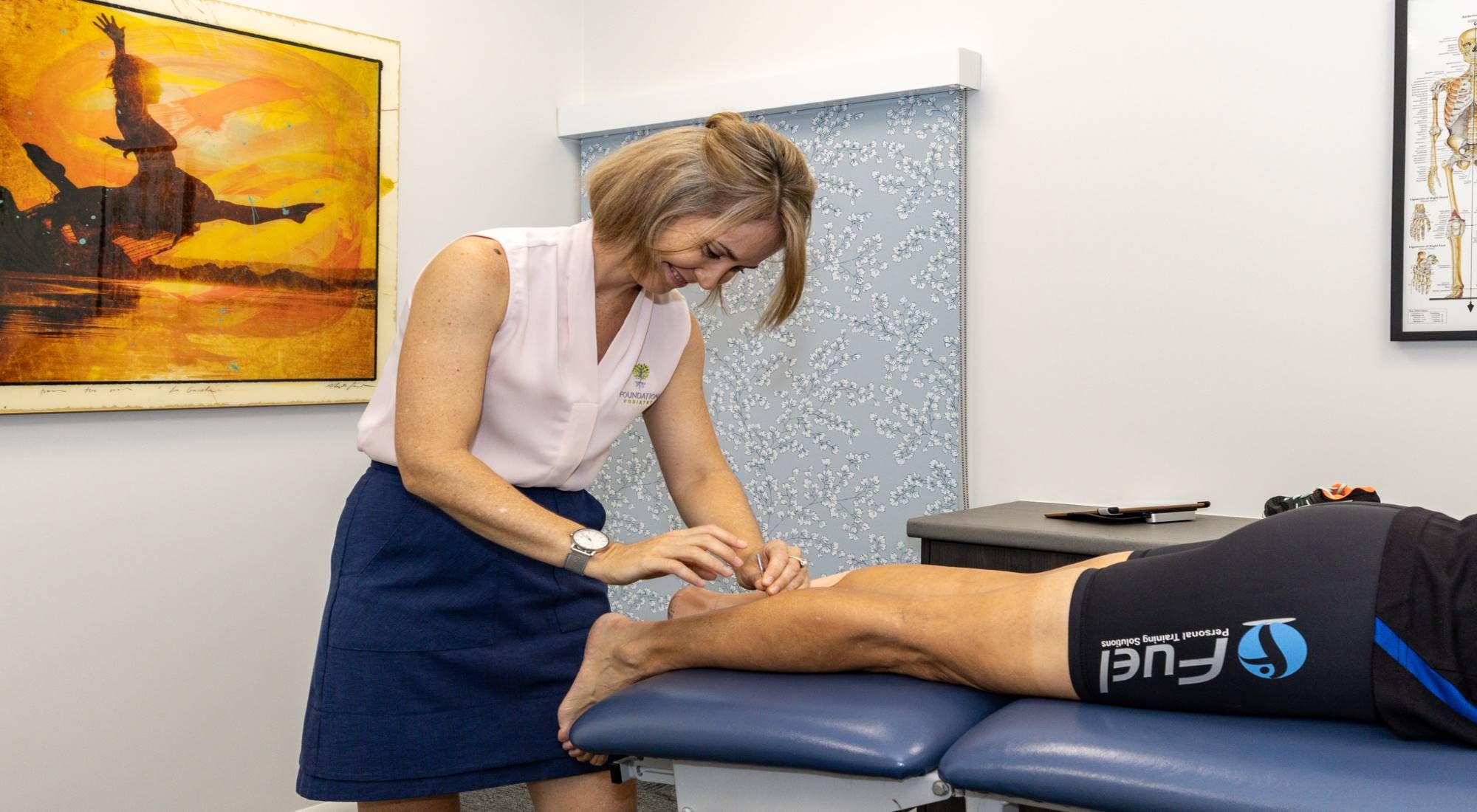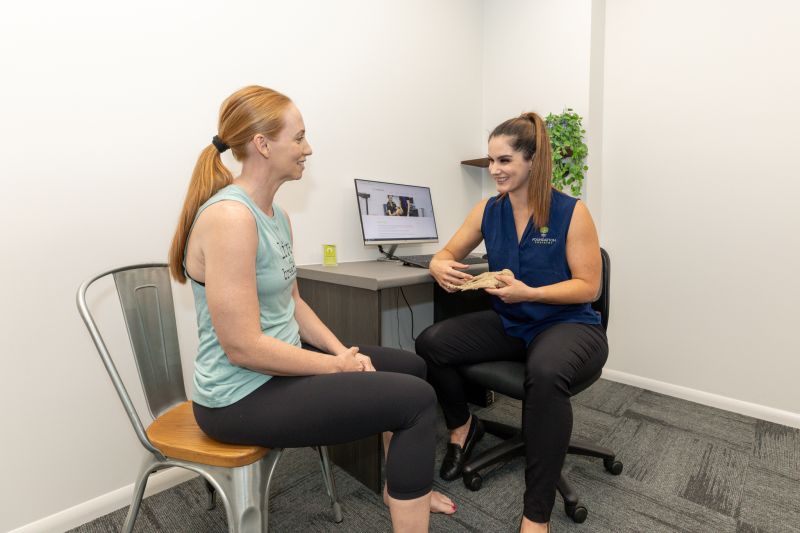More pages in this section
5th March 2021
Running Related Injuries
There are many reasons why running injuries occur which can make them complicated to treat and even more complex to prevent...
Here are some of the main reasons:
- Running is a sport growing in participation and is also associated with high rate of injuries – annual incidence is reported to be as high as 50% - that is, 1 in every 2 runners are injured each year. (1)
- Most commonly injured areas are knees (50% of all injuries), foot (39%) and lower leg (32%). (1)
- Most running injuries are considered to be overuse injuries (also referred to as training error injuries) where the tissue that's being loaded during running is not tolerating the accumulation of stress. The most common running related injuries are patellofemoral pain (pain at the front of the knee), ITB friction syndrome (pain on the outside of the knee), medial tibial stress syndrome (“shin splints”), achilles tendinopathy, plantar fasciopathy (heel pain), stress fractures and muscle strains. (1)
There are many contributing factors and causes of running injuries, which can make them complicated to treat and even more complex to prevent. Identifying the risk factors and addressing these form the basis of evidence-based injury prevention and management.
Main risk factors for running injuries (1):
Previous history of a running injury: this is the main risk factor to developing another running injury!
Experience of running (running history) – inexperienced runners (0 – 2 years of running history) are more likely to be injured compared with more experienced runners. Why?? More experienced runners have developed better "tissue tolerance" where consistent running has provided a level of protection against injury. Inexperienced runners are more prone to overloading their tissues (bones, tendons, muscles, joints) as they are still adapting to the increased loads associated with running.
Training errors – there is a complex interaction between training frequency (number of sessions per week), training volume (total amount per week) and intensity (hard versus easy) of training which all contribute to the total "load" that running has on the body. More training sessions per week increase the total volume (increased total load) and higher intensity sessions (even at shorter duration) also increase load.
When our tissues are loaded too rapidly due to a sudden spike in recent (acute) training load compared to our longer term (chronic) training load, we are at a greater risk of injury. In practice, a rapid spike in load may be due to increasing the number of sessions per week, the length of sessions during the week or the intensity of sessions during the week, or a combination of these. The rapid increase in load may be too much for what the body can tolerate which leads to an increase in tissue stress/injury. Therefore, gradually progressing training load and maintaining long term consistency with training load are both protective for running injuries. General advice for inexperienced runners is to train three times per week and progressively increase total volume by approximately 10% each fortnight. More experienced runners can train between 4-7 times per week ensuring graduated progression each week.
Biomechanics of running (Running Form) – this is related to how the joints, muscles and tendons deal with the ground reaction force that is generated and absorbed by the body while running. Mal-alignment of the foot, knee and hip can increase the risk of developing injuries during running. For example, there is an increase in patellofemoral pain for runners who display an increase in “contralateral pelvic drop” – in fact the presence of contralateral pelvic drop is considered a global risk factor for most running related injuries. This means that the risk of developing any lower limb running injury is increased if the runner displays contralateral pelvic drop.
Image A is an injured runner displaying contralateral pelvic drop – that is, the hip/pelvis on the non-weight bearing limb drops lower than the weight bearing limb during the stance phase which results in an inward position of the knee and subsequent increase in foot pronation (rolling inwards). This position has been linked to developing pain at the front (patellofemoral pain) and at the side (ITB friction syndrome) of the knee, shin splints and achilles tendon pain.
Image B is a healthy runner who is not displaying contralateral pelvic drop.
Equipment – this is perhaps the most controversial! Can shoes prevent an injury or cause an injury?? Shoes can certainly make a difference to performance (make you run faster) however there is less certainty that shoes can prevent injuries. The evidence does support the use of running shoes with thicker, softer midsoles (more cushioning) which act to provide greater shock absorption – this is particularly true for injuries linked to increased vertical impact forces (e.g. stress fractures). Be careful though – if the shoe is too soft, it may become an unstable platform which could change foot and lower limb biomechanics and increase the risk of injuries…..
Because there are so many differences between technical feature of running shoes and so many different running feet, there really is no "one size fits all" when it comes to finding the right running shoe.
Injuries are more likely to present when there has been a significant change in the type of shoe worn over a short duration, such as changing from a shoe with a higher heel drop (heel elevation) to a lower heel drop; or changing from a maximalist shoe to a minimalist shoe too rapidly. Wearing an old shoe (that no longer provides adequate shock absorption) or an inappropriate shoe (e.g. wearing a tennis shoe or cross-fit shoe for running) can also increase the risk of injury.
[feature-block]
Ready to improve your running performance and reduce your risk of running injuries?
[/feature-block]
Reference.
1. Bramah, C., Preece, S.J., Gill, N., Herrington, L. (2018) Is there a pathological gait associated with common soft tissue running injuries? American Journal of Sports Medicine, 46(12), 3023-3031.










